Bread is a universal foodstuff but Alfacar’s long baking tradition has made our bread a unique product. It is a traditional local product. The recipe for ‘Pan de Alfacar’ has been passed down through generations of bakers who have made this product famous throughout the province and beyond.
Alfacar possesses all the quality resources needed for making bread: water from the springs, wood from the Alfaguara forests for baking in Moorish ovens, thyme and rosemary for flavouring and the old flour mills that supply the bakers with their flour.
Protected Geographical Indication
‘Pan de Alfacar’

Name
Panadería Enrique Fernández
Pan de Mariano
Panadería Geni
Panadería-Pastelería San Juan
Panadería Eduardo Vílchez
Panadería y bollería Horno de Gabriel
Address
Calle Molinillo, 1, Alfacar
Cooperativa de Panaderos de Alfacar, Crta. de Granada
Calle Iglesia, 1, Alfacar
Calle Puente Pareja, 6, Alfacar
Calle Julián Besteiro, 1, Alfacar
Calle Agua, 15, Alfacar
History of the Bread
16th Century
16th Century
17th Century
In the early 17th century, Henríquez de Jorquera documented the fame of Pan de Alfacar in his Anales:
They hold great festivals because there is a lot of money in this place thanks to the large quantity of bread that is baked in its five ovens and ground in its six mills that grind day and night… more than a hundred loads of bread are brought into Granada every day of the year, and it is the best that is eaten there according to its reputation.
And as for Víznar, he relates: It abounds in wine with excellent cultivation of silk; it lacks nothing else for its sustenance. It kneads the bread and brings it to Granada, where it is well baked and clean. It has more than a hundred inhabitants in a parish annexed to the nearby parish of Alfacar.
18th Century
According to the Catastro de la Ensenada, Alfacar could supply 5,000 inhabitants and had less than a thousand.
At the end of the 18th century, Tomás López tells us that Alfacar had 280 inhabitants and its land produced around 6,000 bushels of wheat per year. This was the main activity of its population, which helped to supply bread to the city of Granada.




